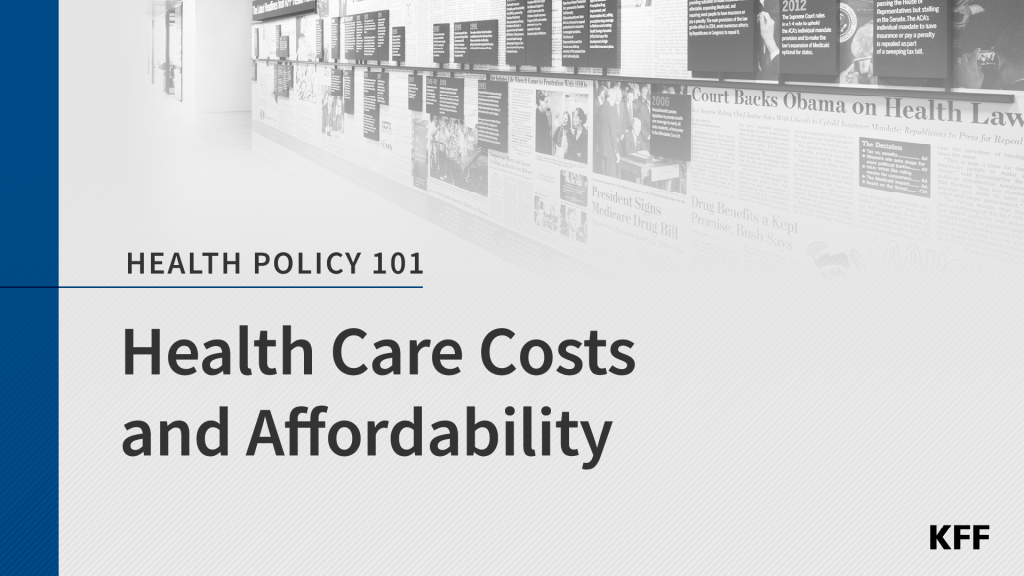More Than Half of the Public Worries Federal Medicaid Budget Cuts Would Affect Their Family’s Ability to Obtain and Afford Care; More Worry It Will Increase the Uninsured
As Congress weighs spending cuts and other changes to Medicaid, more than half (54%) of the public say they are worried significant reductions in federal Medicaid spending would negatively affect their family’s ability to obtain and afford health care, a new KFF Health Tracking Poll finds.
